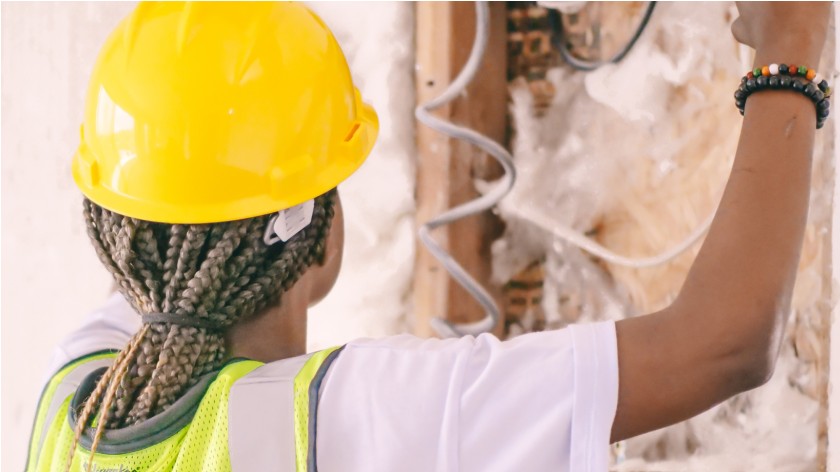I’ll never forget the time I crawled into a century-old attic during a home safety walkthrough and instantly felt my stomach drop.
There it was—what looked like shredded grayish fluff packed between the beams. Was it just innocent old paper insulation? Or was I staring down a decades-old health hazard?
Knowing how to tell the difference between cellulose and asbestos insulation might not be glamorous, but trust me—it’s vital. Whether you’re a homeowner, landlord, or just a curious DIYer, understanding the difference can save your health, your renovation budget, and your peace of mind.
Let’s walk through the clues and caution signs—because insulation isn’t something you want to play guessing games with.
What Does Each Type of Insulation Actually Look Like?
This is where your inner home detective comes in. While only professional testing can confirm what you’re dealing with, there are some solid clues to help you assess it visually.
Cellulose Insulation
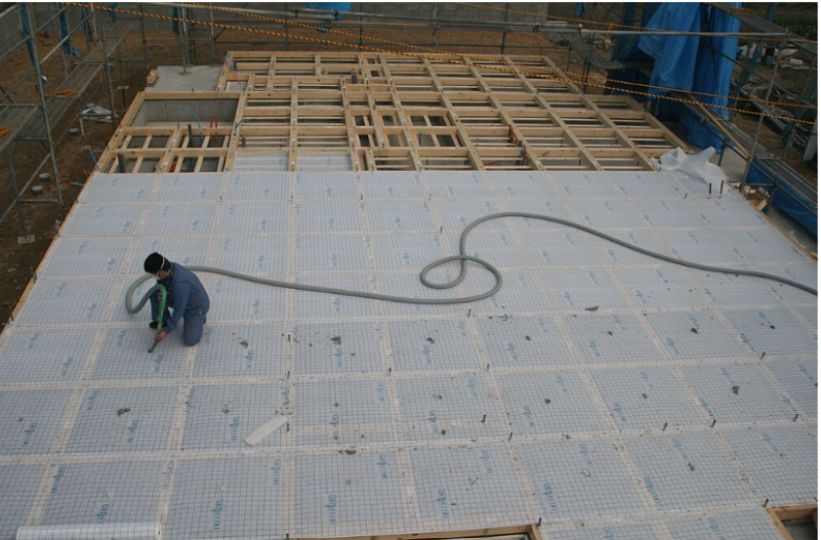
Image source – Wikipedia
Cellulose insulation is usually made from recycled newspaper or cardboard, treated with boric acid to resist pests and fire. It’s often:
-
Grayish or brown, sometimes with specks of color depending on the paper used
-
Soft, fluffy, and matte, like shredded packing material
-
Clumpy and light, easy to crumble when touched
If you look closely, you might even spot tiny bits of printed text from recycled paper. It’s eco-friendly, affordable, and commonly found in homes built after the 1980s.
Also Read: When Did They Stop Using Asbestos?
Asbestos Insulation
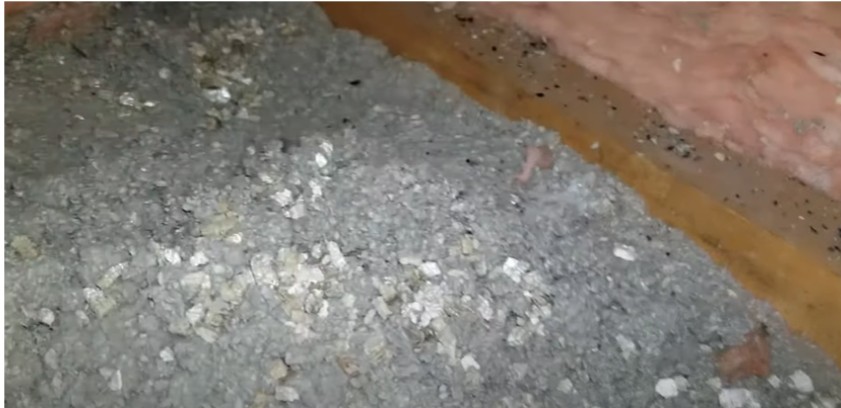
Image source – Jake Palmer – ReMax
Asbestos insulation, on the other hand, is trickier—and riskier.
It comes in many forms and can appear:
-
Fibrous, gritty, or woolly
-
Gray, white, brownish, or golden
-
Sparkly or shiny under certain lighting
-
In loose-fill form or wrapped around pipes and ducts
Older homes (pre-1980s) are the biggest red flag. If the material in your attic looks even remotely shiny, pebbly, or rigid, it’s time to stop and call a pro.
How Does Age Factor Into the Puzzle?
The year your home was built can be one of the best initial clues in figuring out how to tell the difference between cellulose and asbestos insulation.
-
Pre-1980s homes are significantly more likely to contain asbestos-based materials. It was a go-to for fireproofing and insulating around pipes, boilers, and attics before its dangers became widely known.
-
Post-1980s homes are more likely to use cellulose insulation. It became popular due to its eco-friendliness and affordability, and it remains widely used today.
If your home was built before 1980 and you’re seeing old, suspicious insulation, it’s smart to assume asbestos is a possibility until proven otherwise.
Can Texture or Shine Help You Decide?
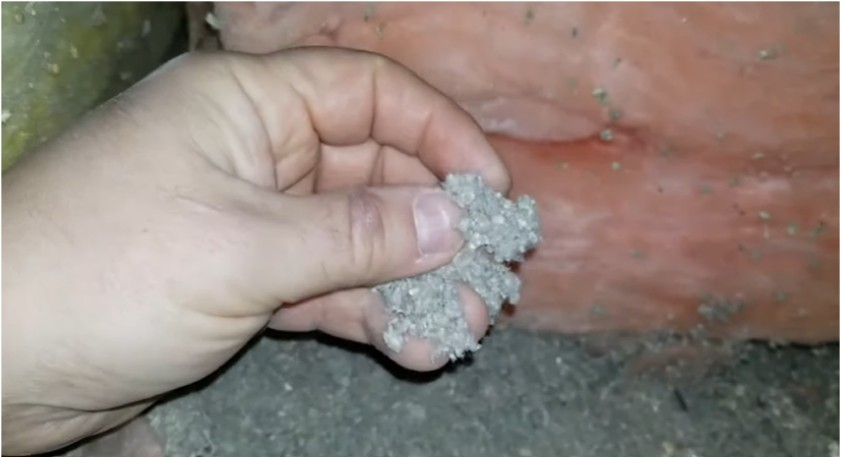
Image source – Jake Palmer – ReMax YouTube Channel
Texture can give helpful clues—but it’s not foolproof.
-
Cellulose feels dry, dense, and pulpy—like finely shredded newspaper. It lacks shine, doesn’t feel gritty, and clumps softly in your hand.
-
Asbestos, especially in loose-fill or vermiculite form, may feel powdery, fibrous, or rough. Some types may even have a slight sparkle or reflect light subtly, depending on the asbestos type.
Still, don’t rely on texture alone. Think of it as your “maybe”—not your confirmation.
Should I Ever Try to Confirm It Myself?
As someone who’s worked in risk management for over a decade, let me be clear: no, you should not try to confirm asbestos by yourself.
Even disturbing a small amount can release fibers into the air and cause long-term harm. Instead, contact an EPA-certified asbestos inspector who can use tools like PLM (Polarized Light Microscopy) or TEM (Transmission Electron Microscopy) to safely test the sample.
If it’s confirmed to be asbestos? Don’t panic. A licensed abatement team can remove it safely and legally. Whatever you do—don’t vacuum it, sweep it, or poke around.
Also Read: Is Asbestos Still Used?
How to Tell the Difference Between Cellulose and Asbestos Insulation Safely
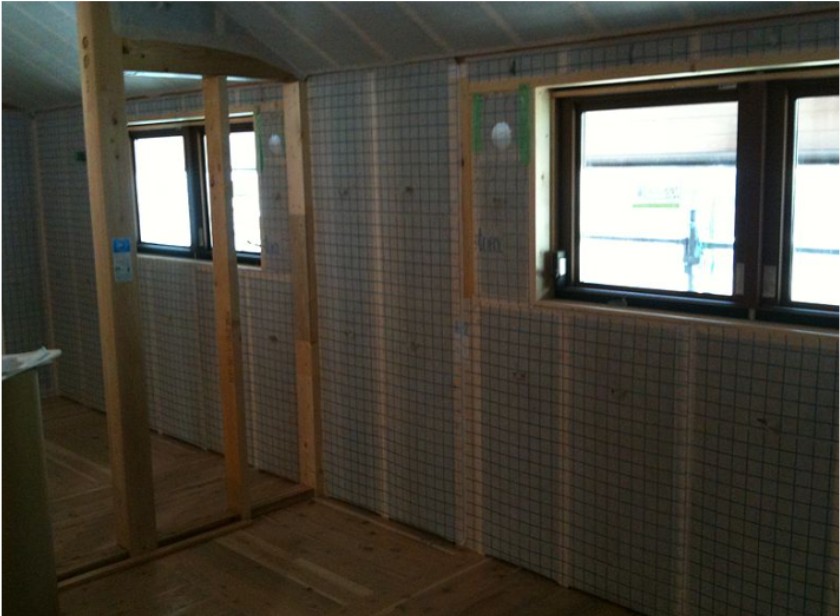
Image source: Restoration Master
When you’re figuring out how to tell the difference between cellulose and asbestos insulation, start cautiously. Gently observe without vigorous poking or stirring up dust.
Cellulose insulation feels like shredded paper—soft, lightweight, crumbly. It’s the kind of stuff you wouldn’t think twice about handling gently (though gloves are always recommended to avoid dust).
Asbestos insulation is more sinister: gritty, rough, fibrous, and often visually sparkly or woolly. If your house was built pre-1980s, proceed extra carefully.
When in doubt, get your insulation professionally tested. Local labs or environmental companies (EPA-certified providers) can help you out here. It’s a worthwhile investment for peace of mind.
Here’s a quick checklist to safely assess what you’re dealing with:
-
Inspect from a distance. Use a flashlight and avoid disturbing anything.
-
Note the texture and color. Shredded, matte, gray paper = cellulose. Shiny, gritty, fibrous = asbestos suspect.
-
Check your home’s construction year. Built before 1980? Be extra cautious.
-
Don’t disturb suspicious material. No poking, brushing, or vacuuming.
-
Call a professional. Testing is affordable, quick, and brings peace of mind.
Cellulose vs. Asbestos Insulation: A Comparison Table
| Feature | Cellulose Insulation | Asbestos Insulation |
|---|---|---|
| Appearance | Gray, fluffy, shredded paper-like | Fibrous, woolly, gritty, sometimes sparkly |
| Feel | Soft, crumbly, paper pulp-like | Rough, abrasive, may break into powder |
| Common Era | Post-1980s | Pre-1980s |
| DIY Handling | Safe with gloves and mask | Dangerous; avoid touching |
| Health Risks | Minimal | Serious—especially if disturbed |
FAQs: What Everyone’s Asking
Can asbestos insulation look like paper?
Yes, especially in loose-fill form. Some types of asbestos look shockingly similar to cellulose. That’s why lab testing is so important.
What if I accidentally touched insulation that might be asbestos?
Don’t panic—but don’t ignore it. Wash your hands and clothes right away, avoid disturbing the area further, and contact a pro for testing.
Is vermiculite insulation always asbestos?
Not always, but many older vermiculite products—especially from Libby, Montana—are contaminated. If it looks like shiny, silvery-gold pebbles, don’t touch it.
How much does asbestos testing cost?
Generally between $200–$800 depending on sample count and your location. A small price to protect your lungs and your home.
How can I safely handle cellulose insulation?
Wear gloves and a dust mask, especially when installing or moving it. It’s safe, but dusty. No special containment needed.
Final Thoughts: Trust Your Gut—And the Pros
Knowing how to tell the difference between cellulose and asbestos insulation is a game-changer for any homeowner, renter, or renovator. It gives you the confidence to plan projects smartly—and stay safe while doing it.
If the insulation looks like fluffy recycled paper, great. But if anything about it makes your internal alarm bells ring—stop. Call in the experts and get a definitive answer.
Because when it comes to your health, there’s no such thing as “probably safe.”
Stay cautious, stay smart,

